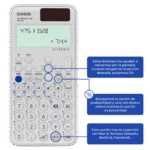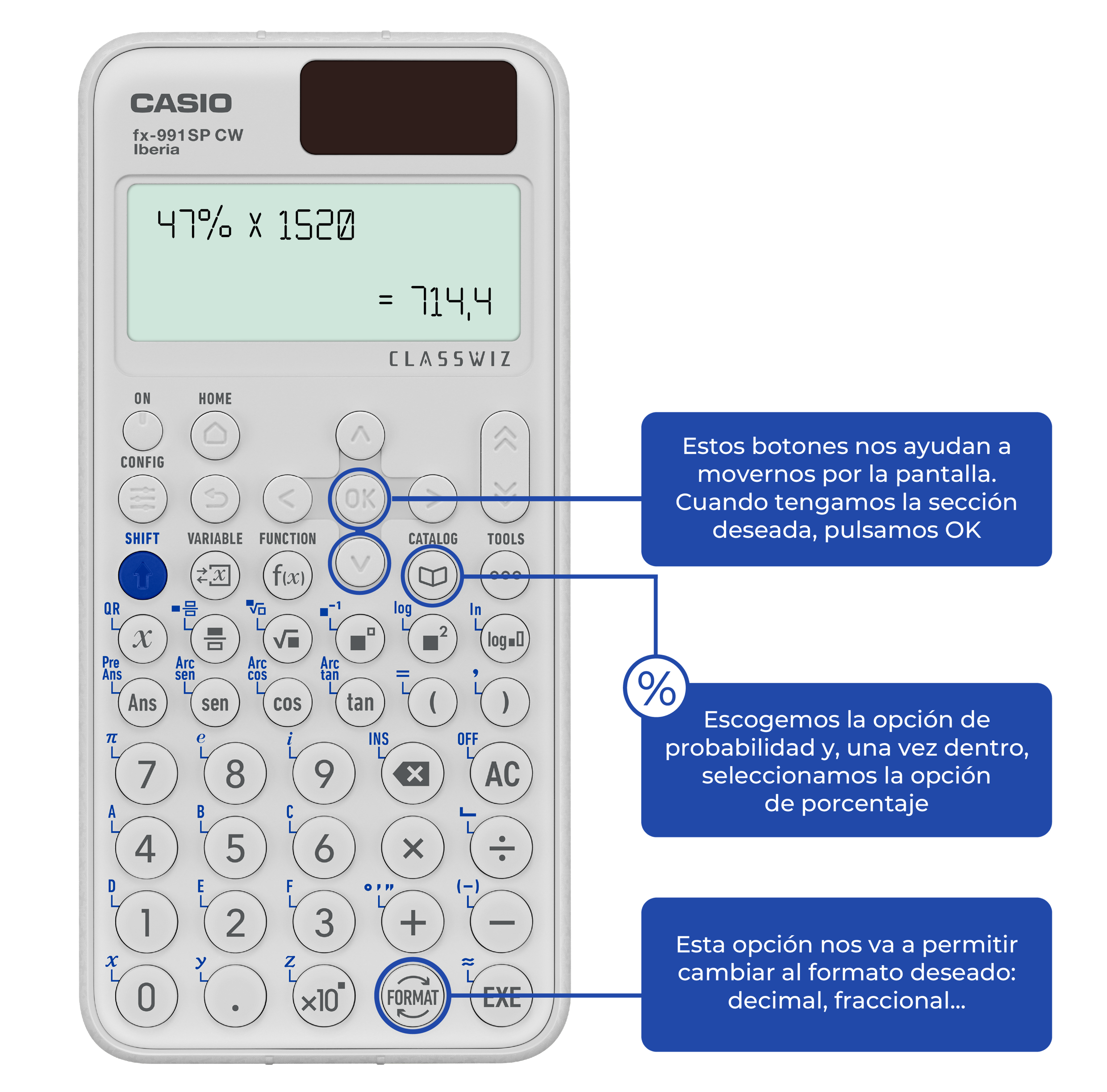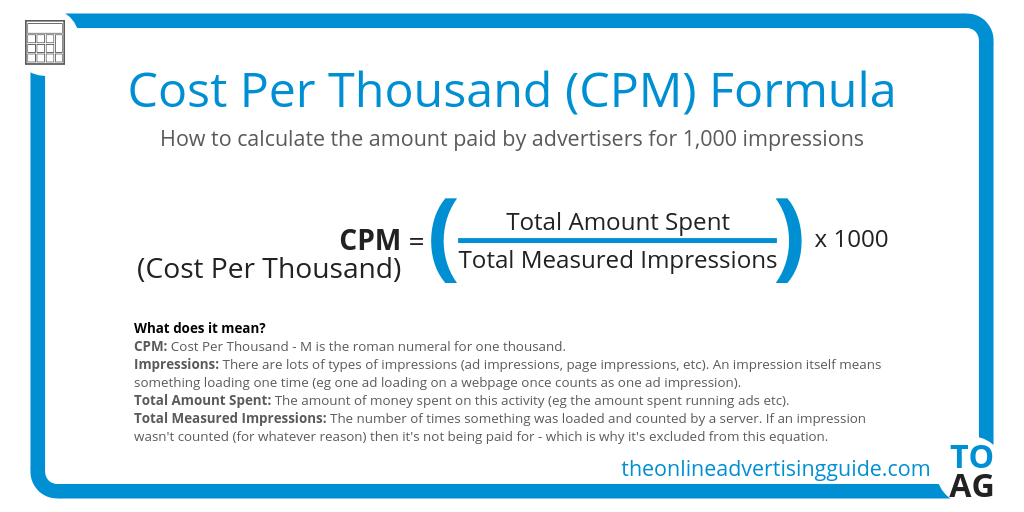Understanding the fluctuations in financial and numerical data is crucial for making informed decisions. The Percentage Decrease Calculator is an essential tool that simplifies this process, making it easier to find loss, drop in %, and assess changes over time.
Whether you’re looking at stock market trends, evaluating budget cuts, or tracking weight loss, knowing how to calculate percentage decrease is vital. This tool provides clarity and precision in situations where change needs to be quantified.
How to calculate percentage decrease?
Calculating percentage decrease involves a simple formula: subtract the final value from the initial value, divide the result by the initial value, and then multiply by 100 to get the percentage. This calculation can reveal important insights into various aspects of business and personal finance.
Understanding this formula is key to many applications, from determining sales reductions to assessing weight loss over time. By leveraging a percentage decrease calculator, these calculations become straightforward and error-free.
The relevance of this calculation extends beyond mere number crunching; it’s a reflection of progress or regression in measurable terms, providing a clear picture of performance and outcomes.
What is the percentage decrease calculator?
A percentage decrease calculator is an online tool designed to compute the reduction percentage between two values easily. It’s a practical utility that automates the calculation process, ensuring accuracy and saving time.

The calculator is widely used in finance, retail, health, and many other fields where assessing the magnitude of change is necessary. It eliminates the need for manual calculations, thus reducing the potential for human error.
By simply entering the initial and final values, users can quickly determine the percentage decrease, which can be instrumental in decision-making processes.
How does the percentage decrease calculator work?
The calculator functions by applying a standard mathematical formula to the values provided by the user. It conducts the necessary operations internally, delivering results instantaneously.
Users benefit from this tool by avoiding the manual calculation steps, which can be time-consuming and prone to inaccuracies. The calculator’s design focuses on user-friendliness and efficiency.
Its operation is grounded in a universally accepted method for calculating percentage change, which ensures that the results are reliable and can be used confidently for analysis and reporting.
How to use the percentage decrease calculator?
Using the calculator requires a few simple steps. First, the user inputs the original value and the new, lower value into the respective fields. The calculator then processes these inputs to determine the percentage decrease.

This tool is not just for academic or professional use; it’s equally valuable for personal applications, such as tracking fitness goals or managing household expenses.
Its intuitive interface makes it accessible, even for those who are not mathematically inclined, encouraging its use in a wide range of scenarios.
Examples of calculating percentage decrease
Let’s walk through some practical examples where the percentage decrease calculator can be effectively used in finance and other areas:
- Calculating the drop in sales from one quarter to the next in a business.
- Assessing the reduction in expenses after implementing cost-saving measures.
- Determining the percentage of weight lost as part of a health and fitness program.
Each of these situations highlights the versatility of the calculator and its relevance in everyday contexts.
Common scenarios for percentage decrease
There are numerous instances where understanding percentage decrease is beneficial:
- In finance, it helps track the performance of investments over time.
- Retailers use it to calculate discounts during sales events.
- It can measure the effectiveness of cost-reduction strategies in operations management.
These scenarios underscore the importance of the calculator as a decision-support tool across various fields.

Frequently asked questions about percentage decrease
Many users have questions about percentage decrease calculations, such as the effects of different variables or the interpretation of the results. Answering these questions helps demystify the topic and enables users to apply the calculator with greater confidence.
Understanding the nuances of percentage decrease calculations can empower individuals to use the calculator more effectively, ensuring that they make the most of this valuable tool.
Related questions on calculating percentage decrease
How to calculate percent drop off?
To calculate percent drop off, you subtract the new value from the original value, divide by the original value, and multiply by 100. This formula gives you the percent decrease showing the drop-off.
For example, if a stock price drops from $200 to $150, the percent drop off is calculated as (($200 – $150) / $200) * 100 = 25%.
How to find loss when loss percentage is given?
Finding loss when the loss percentage is given involves a different calculation. You start with the loss percentage and work backwards to find the actual amount of loss.
If a product loses 20% of its value and its original price was $500, the loss is calculated as 20% of $500, which equals $100.

What is the percentage decrease if the original value is 250 and the new value is 220?
The percentage decrease from 250 to 220 is calculated as ((250 – 220) / 250) * 100, resulting in a 12% decrease.
What is the percent decrease from 100 to 80?
The percent decrease from 100 to 80 is ((100 – 80) / 100) * 100, which equals 20%.
Integrating practical examples and answering common queries is crucial for users to fully leverage the power of the Percentage Decrease Calculator. Understanding these dynamics assists in making informed decisions whether for personal or professional use.
As part of our ongoing effort to provide valuable resources, we’ve included a video that offers further insight into the topic:
In conclusion, the Percentage Decrease Calculator is a versatile and indispensable tool that aids in the evaluation of changes across various contexts. Its simplicity and accuracy make it an ideal solution for anyone looking to find loss, drop in %, and make informed decisions based on numerical data.

 Calculadora de porcentajes – calcular porcentaje online
Calculadora de porcentajes – calcular porcentaje online










